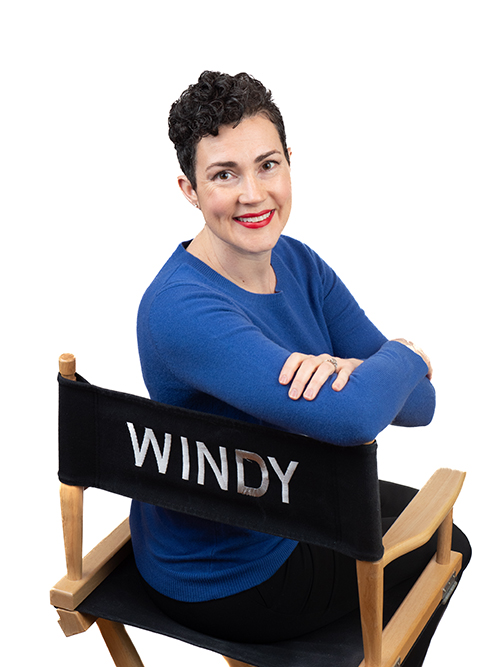In the past twenty years, we have seen the rise of animations in documentary films as a storytelling device. What once was considered taboo, patronizing, or editorializing in a non-fiction film (gasp!) is now widely accepted by audiences and critics alike.
In 2018, Stuart Miller reported on the novel ways documentary filmmakers are using animation for the LA Times:
“Animation often provides visuals when there’s no B-roll, but “Liyana” also highlights the increasingly varied ways it can bring films to life in movies like Ari Folman’s “Waltz With Bashir,” Malik Bendjelloul’s “Searching for Sugar Man,” Samuel D. Pollard’s “Two Trains Runnin’,” Penny Lane’s “Nuts!” and James Solomon’s “The Witness.”
Critics once might have considered the idea of blending animation with documentary footage taboo, a violation of journalistic norms. “It used to be you’d hear the word ‘documentary’ and you’d think it means a news program with talking heads and some storytelling,” says Bryan Fogel, who won an Oscar for “Icarus,” his expose of doping in Russian sports. “Not anymore.” (Fogel used animation to illustrate someone’s mental state after a suicide attempt and to go inside a Russian doping lab — neither of which he could ever film.”[1]
Why Use Animation?
Simple. When done correctly, it works; but Miller advises filmmakers not to use animation as a crutch:
“If you can find a new way to communicate your themes and ideas, and if you can spark my imagination and bring me closer to the subject, then it works,” adds Keith Maitland, who animated Charles Whitman’s University of Texas shooting rampage in his acclaimed 2016 documentary “Tower.”
Some directors now turn to animation as a crutch, Maitland believes. “Since `Tower’ at least a dozen filmmakers have called to ask about the process of animation. Half were thematically appropriate, but the other half wanted it as a band-aid to cover up a weakness in the movie.”[2]
Is Animation Right for Your Film?
Before you jump on the animation trend, make sure animation is necessary for your story. Begin by outlining the plot of your film using all the live-action footage and still images you have (or have access to via licensing deals). You can use the same material infinite ways, so adjust the sequence until you have the most compelling narrative arc for your audience and the film’s call-to-action (or cause). [See: Writing and Revising your Documentary Film for more details.]
Next ask yourself the following questions:
- What is missing?
- Is it/are they absolutely necessary for the most impactful version of the story?
- Can I film or license anything else to accomplish the same result?
- Would it be cheaper to film or license more B-roll footage?
If animation still appears as the best storytelling and budgeting choice, you then need to select a style of animation. [Click here for a quick style overview.]
How To Find an Animator
- Research different animation styles and the costs of each style.
- Select a style that fits your aesthetic and budget.
- Follow artists and companies on social media that work in the animation style(s) you like.
- Network. Physically or virtually attend various film events to broaden your contacts. When you find an animator you admire, introduce yourself. If you get along, ask if they do any freelancing or work-for-hire projects.
- Draft and share a Job Posting. You can call this an RFP (Request For Proposal) if you want; but, frankly, you should already know your animation style, budget, and timeline. They should not “propose” those to you. You have a job or a “gig”. Call it that.
- Ask for recommendations from your network.
- Interview, Review, and Select an Animator.
Extra Tip: Don’t underestimate animation students or recent graduates
As an indie filmmaker, your budget likely cannot compete with corporate clients or Hollywood budgets. If your animation style and timeline allow for it, try working with an animation student or recent graduate. It can be a real win-win scenario. I have worked with both students and recent graduates for my documentary films. In each experience I have been happy with the results and enjoyed working with up and coming talent.
I suggest getting to know the instructors and professors at your nearest film school, art school, or anywhere they teach animation and motion graphics near you. Once you have a good rapport, you can ask them to announce your Job Posting in their classes and recommend students or recent graduates.
Another option is to speak with the school’s internship office and ask them to share the Job Posting and/or connect you with any teachers or advanced students looking to build their portfolio.
Working with students does come with challenges. Depending on their professional experience and how much mentorship the school offers, you may deal with awkward contract negotiations, conflicting schedules, and missed deadlines, but those happen with “professionals”, too.
The benefits include working with animation artists familiar with cutting-edge techniques and styles, strong motivation to get their first film credit, and dedicated times (i.e. school breaks) where your film is their sole focus.
Note: In case this does not go without saying… you will still need to sign a contract agreeing to screen credit and payment terms when working with students or recent graduates. Do not skimp here and check the laws for internships in your city/state. Protect yourself and your film, but don’t take advantage of anyone. To paraphrase my friend Simone Nelson: Be the kind of boss you would like to work for.
For more examples on using animation in your films, read Stuart Miller’s full article: Documentary filmmakers are using animation in novel ways to tell their stories
[1] https://www.latimes.com/entertainment/movies/la-ca-mn-documentaries-animation-20181031-story.html
[2] https://www.latimes.com/entertainment/movies/la-ca-mn-documentaries-animation-20181031-story.html


